Educators have returned to their classrooms this fall to help students make sense of the dizzying and horrifying three-years since the presidential election. It is natural to respond to the breadth of this campaign of destruction with despair.
But our students deserve a curriculum that serves as an antidote to discouragement.
The last three years have also told a story of continuous resistance. Although not yet strong enough to change the status quo, these growing movements point to a different, better future.
We invite you to teach — in our classrooms and in the streets — the hope-inspiring maxim that “people make history.”
We include lessons — some highlighted below — that:
- Show how social movements have organized and made strides even during dangerous times.
- Help students explore other moments in history when elites have mobilized to roll back racial and economic progress.
- Highlight examples of “divide and conquer” politics.
- Help students explore aspects of this administration’s agenda — white supremacy, xenophobia, Islamophobia; attacks on the environment, civil liberties, women’s rights, and the press; growing economic inequality — and how activists are responding.
Civil rights organizer Ella Baker said, “We who believe in freedom cannot rest.” The role of teachers is crucial in this freedom struggle. Please check out the lessons and resources below.
JUMP TO: Organizing and Resistance • Roll Back Racial and Economic Progress • “Divide and Conquer” Politics • Environment • Civil Liberties • Immigration • Economic Inequality • Muslims • Press
Lessons and Other Classroom Resources
Organizing and Resistance
Students can draw hope from stories of people organizing even under the most repressive conditions. Here are just a few of countless examples.
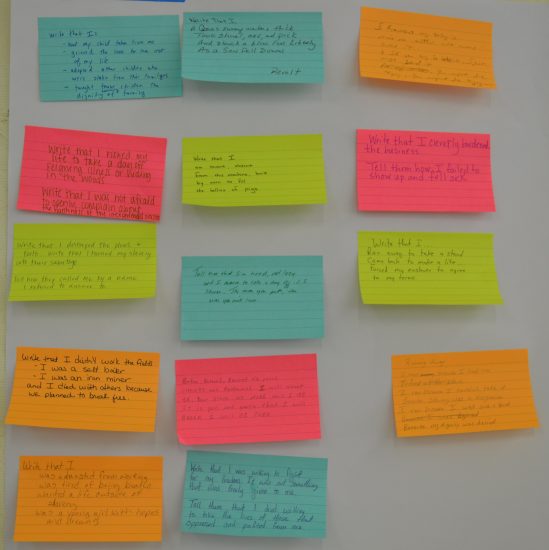 |
Poetry of Defiance: How the Enslaved ResistedThrough a mixer activity, students are introduced to the various ways that enslaved people resisted the brutal exploitation of slavery. The lesson culminates in a collective class poem highlighting the defiance of the enslaved. By Adam Sanchez. Learn more. |
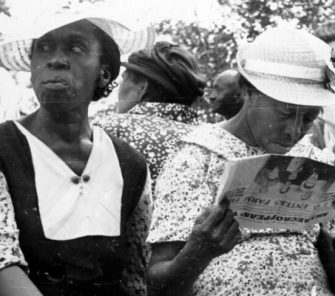 |
Southern Tenant Farmers’ Union: Black and White Unite?Role play on farm labor organizing, with Black and white tenant farmers creating a powerful alliance. By Bill Bigelow and Norm Diamond. Download. |
 |
Warriors Don’t Cry: Connecting History, Literature, and Our LivesRole play and writing activities for language arts and social studies on the Little Rock Nine. By Linda Christensen. Download. |
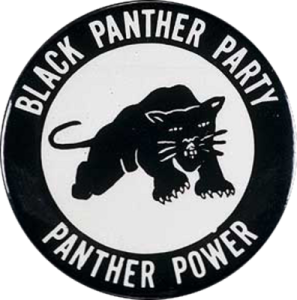 |
Teaching with the Black Panthers’ Ten Point ProgramA study of the Black Panther’s Ten Point Program to help students assess issues in their own communities. By Wayne Au. Download. |
 |
Women in Labor HistoryFrom championing better workplace conditions to cutting back the 12-hour day to demanding equal pay across racial lines, these are just a few of the women in the labor movement. Read more. |
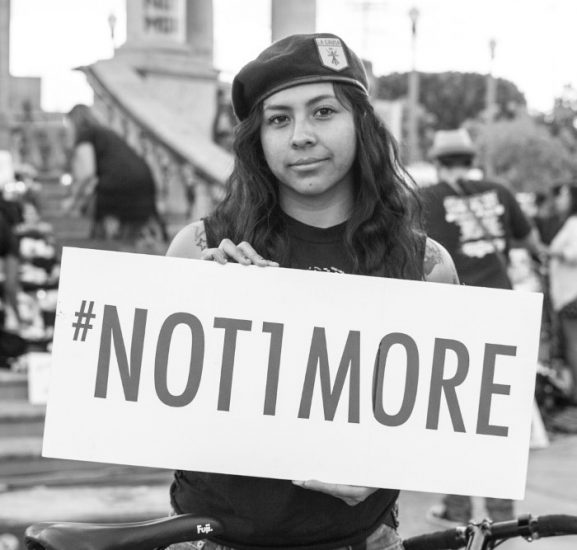 |
Pump Up the Blowouts: Reflections on the 40th Anniversary of the Chicano/a School BlowoutsReflections on teaching students about the 1968 walkouts by Chicano students in California. By Gilda L. Ochoa. Download article. |
 |
When We Fight We Win!: Twenty-First-Century Social Movements and the Activists That Are Transforming Our World21st century leaders and activists, sharing lessons of what makes and what hinders transformative social change. By Greg Jobin Leeds, Dey Hernandez Vazquez, and AgitArte. Learn more. |
Roll Back Racial and Economic Progress
While textbooks portray U.S. history as a steady march of progress, there have been frequent reversals. These resources highlight a few of the many times in U.S. history when advances made by people of color were rolled back. For example, the political and economic gains by African Americans during Reconstruction were met by brutal, terrorist attacks by white supremacists.
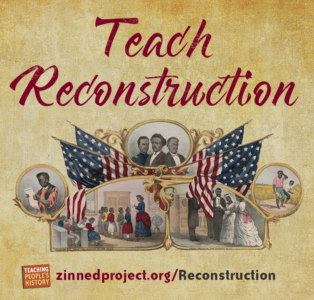 |
Reconstruction Era (1865-1877)After the Civil War, with the protection of the Thirteenth, Fourteenth, and Fifteenth Amendments to the Constitution and the Civil Rights Act of 1866, African Americans voted, ran for elected office, attended school, acquired land, found employment, and used public accommodations. These Reconstruction Era advances ended with violent repression by white supremacists. Browse. |
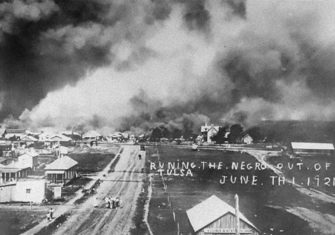 |
Burned Out of Homes and History: Unearthing the Silenced Voices of the Tulsa Race RiotThe thriving community known as Black Wall Street in Tulsa, Oklahoma, was burned to the ground in 1921. This lesson explores how what is known as the “Tulsa Race Riot” (more like a massacre) and many similar events in U.S. history led to patterns of displacement and wealth inequality today. By Linda Christensen. Download. |
 |
Ethnic Studies Banned in TucsonA highly successful Mexican American Studies program in Tucson, Arizona, was banned in 2011. Students and teachers organized to protect the program that demonstrated a dramatic increase in college enrollment by Mexican American students. The film Precious Knowledge documents this struggle. |
 |
Why We Should Teach About the FBI’s War on the Civil Rights MovementCOINTELPRO was a FBI campaign in the 1960s to infiltrate, disrupt, and destroy a wide range of activist groups, with a focus on the Civil Rights Movement, the Young Lords, the American Indian Movement, and the anti-war movement. By Ursula Wolfe-Rocca. Read. |
“Divide and Conquer” Politics
The easiest way to prevent organized demands for improved wages and working conditions is to create divisions. Here are three examples from U.S. history of how the strength of natural alliances among working people was undermined by orchestrated efforts by those in power.
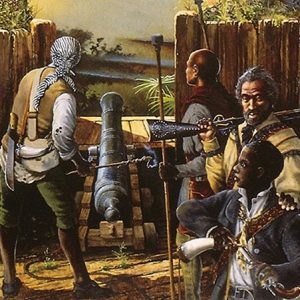 |
The Color LineA lesson on the countless colonial laws enacted to create division and inequality based on race. This helps students understand the origins of racism in the United States and who benefits. By Bill Bigelow. Download. |
 |
It’s a Mystery—White Workers Against Black WorkersStudents receive clues and discuss some of the factors that contributed to the intensification of racism in the 1920s. By Bill Bigelow and Norm Diamond. Download. |
 |
The Draft Riot MysteryStudents are invited to solve a mystery, using historical clues, about the real story of the New York City Draft Riots of 1863. By Bill Bigelow. Download. |
Countering Today’s Right Wing Agenda
Today’s right wing agenda impacts every aspect of students’ lives, including those listed here.
Environment
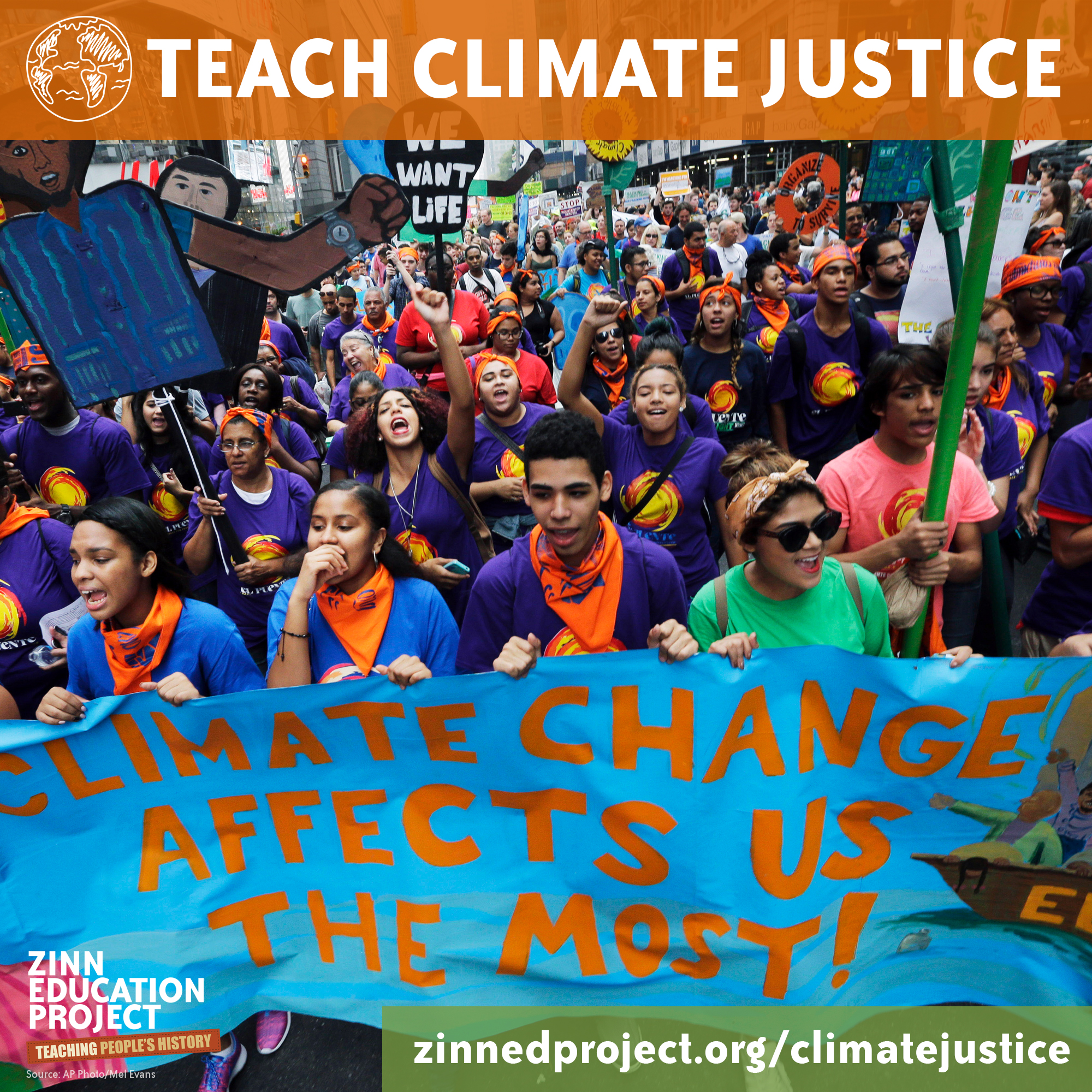 |
Teach Climate Justice CampaignWe offer classroom-tested lessons that show how teachers are bringing their curriculum to life with climate justice. Our campaign also provides a sample school board climate justice resolution, and advice for those who would like their school district to adopt similar resolutions. Learn more. |
 |
‘Don’t Take Our Voices Away’: A Role Play on the Indigenous Peoples’ Global Summit on Climate ChangeStudents to develop a list of demands to present to the rest of the world at a climate change meeting. By Julie Treick O’Neill and Tim Swinehart. Download. |
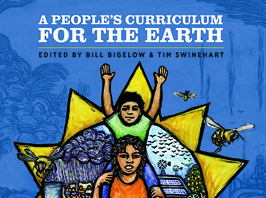 |
A People’s Curriculum for the Earth: Teaching Climate Change and the Environmental CrisisArticles, student readings, and teaching activities to understand climate change and imagine solutions. Edited by Bill Bigelow and Tim Swinehart. Learn more. |
Civil Liberties
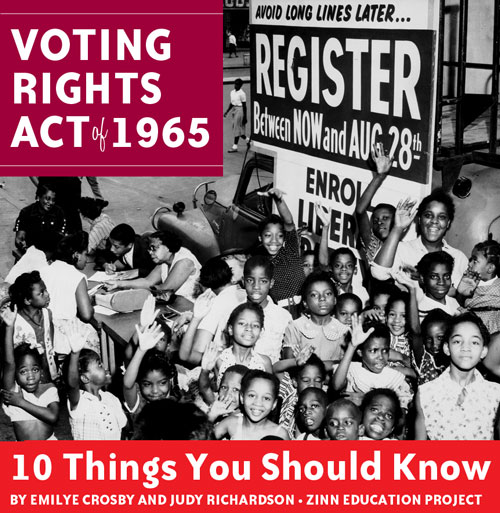 |
The Voting Rights Act: Ten Things You Should KnowKey points in the history of the 1965 Voting Rights Act missing from most textbooks. By Emilye Crosby and Judy Richardson. Read. |
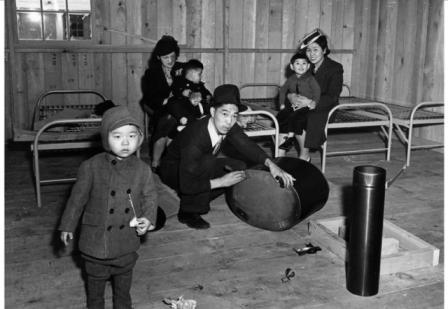 |
Learning About the Unfairgrounds: A 4th-Grade Teacher Introduces Her Students to Executive Order 9066Lessons on Japanese American internment during WWII. By Katie Baydo-Reed. Download |
>> More resources on Racism and Racial Identity
Immigration
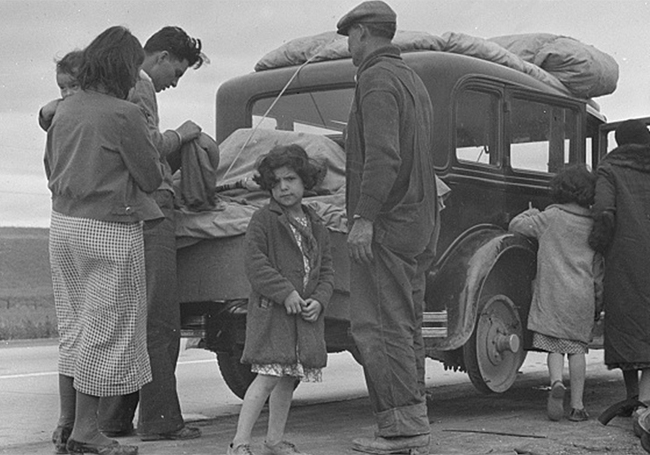 |
Deportations on Trial: Mexican Americans During the Great DepressionIn this role play students analyze who is to blame for the illegal, mass deportations of Mexican Americans and immigrants during the Great Depression. By Ursula Wolfe-Rocca. Learn more. |
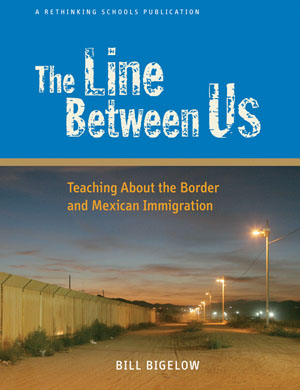 |
The Line Between Us: Teaching About the Border and Mexican ImmigrationLessons for teaching about the history of U.S.–Mexico relations and current border and immigration issues. By Bill Bigelow. Learn more. |
>> More resources on Immigration
Economic Inequality
 |
The Great Depression and the New DealPart I: What Caused the Great Depression? The Widget Boom Game Part II: Who Made the New Deal? The Economic Recovery Conference Role Play. By Adam Sanchez. Read more. |
>> More resources on Economics
Muslims
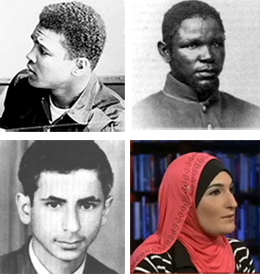 |
A People’s History of Muslims in the United StatesAlthough the dominant media — including our schools’ curriculum — perpetuate stereotypes, history shows Muslims in the Americas have fought for social justice since the 15th century. By Alison Kysia. Read. |
Press
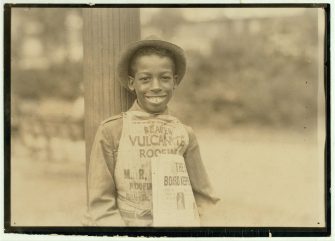 |
News for All the People: The Epic Story of Race and the American MediaThe history of media in the United States, through the lens of race. By Juan González and Joseph Torres. Learn more. |

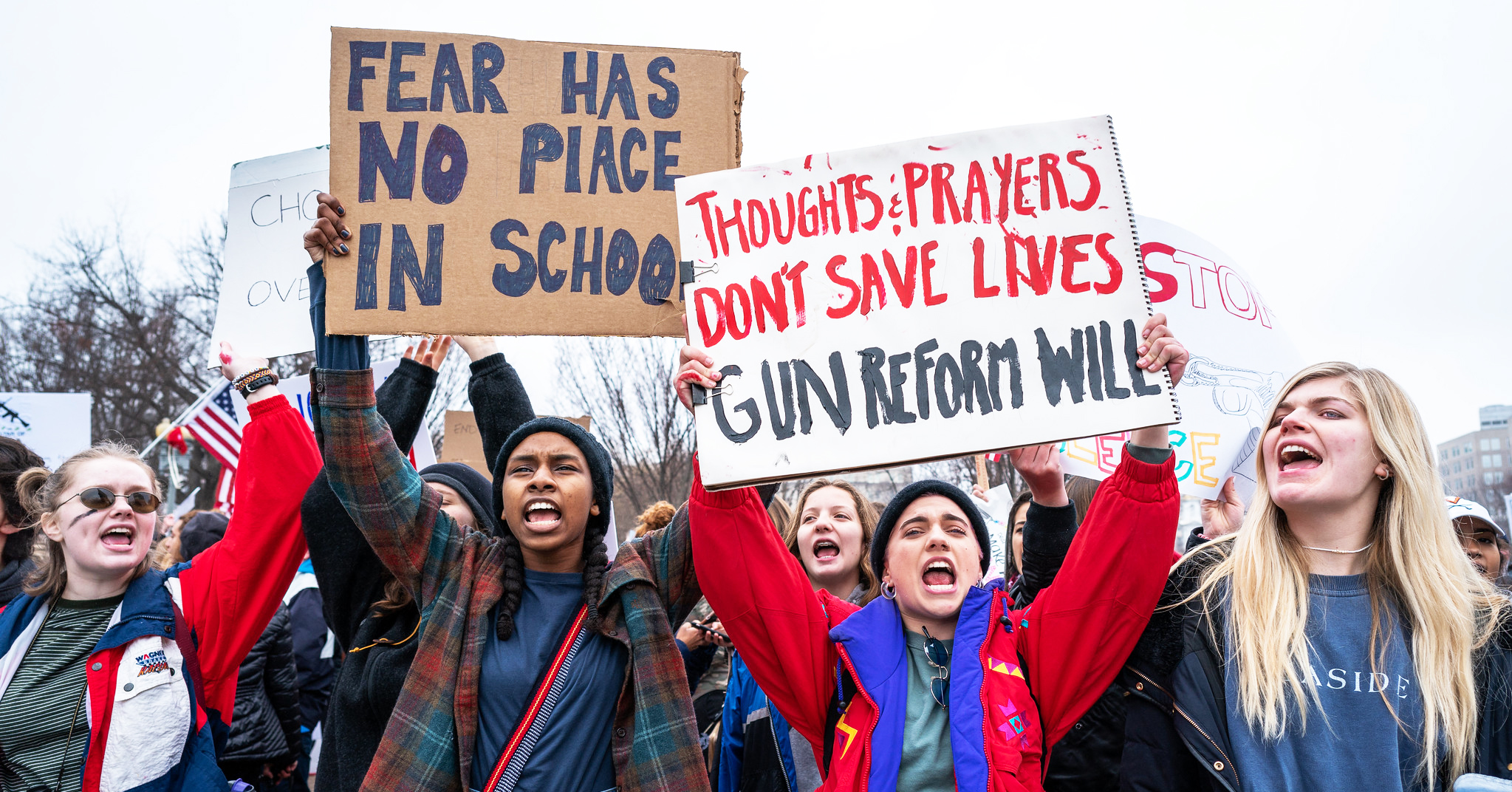





Twitter
Google plus
LinkedIn